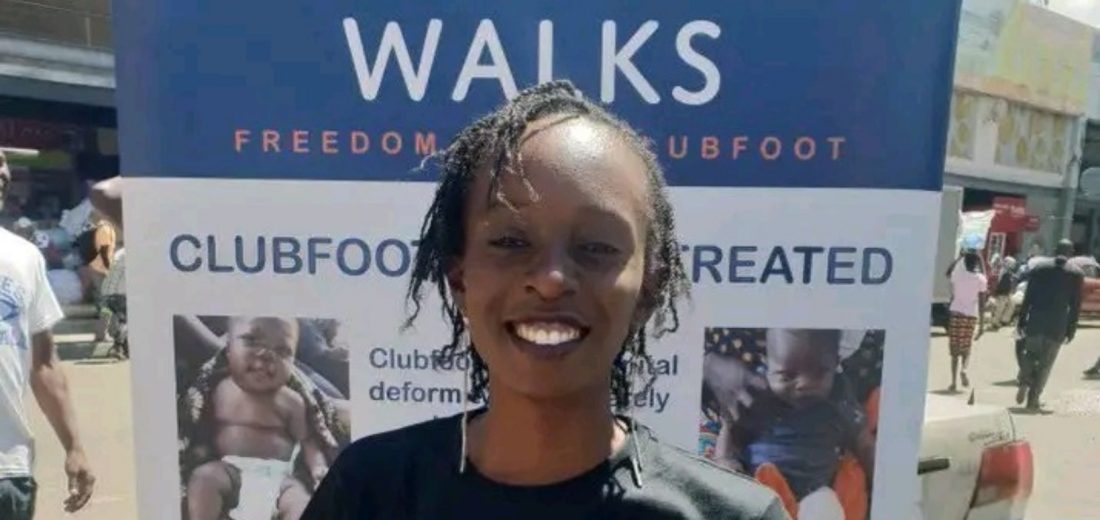
Clubfoot is a common rectifiable birth defect that affects the feet. If not treated early, it can leave a child with a lifelong disability. It is rather unfortunate that many children born with the condition in most low-income countries are unable to access treatment due to a lack of funds and misconceptions about it. Tina Nambao, a living testament that it is treatable, has made it her life mission to ensure that children born with clubfoot walk perfectly, asserting that a treatable condition should not keep a child from walking.
Born and raised in Mambwe, in the Northern part of Zambia, twenty-six-year-old Tina Nambao grew up aspiring to become a doctor. As she grew older, an intense desire to advocate for human rights started developing within her. Eventually, this pushed her toward studying for a Bachelor’s Degree in Law. She graduated in 2018 and since then, has been working with UP Zambia – Undikumbukire Project Zambia – which supports juveniles in conflict with the law through legal representation, social support, and advocacy for a restorative juvenile justice system in Zambia. In the course of her judicial work, she found herself being drawn toward advocating for children born with clubfoot conditions. The condition describes a range of foot abnormalities usually present at birth in which a baby’s foot is twisted out of shape or position. ‘I was born with clubfoot condition but I thank God it was treated early. My mother often reminds me how it was the most difficult moment of her life as many people in the community where we lived then associated it with witchcraft. Many said it was taboo and that my mother had probably done something that had offended the ‘gods’. To them, it was a curse!’ She tells me.

Volunteering
Tina’s first encounter with clubfoot work was at a church, United Church of Zambia, where fundraising had been organized to help children with the condition. ‘There is an organization known as Hope Walks that visited our church for fundraising for clubfoot victims. I felt like this was an opportunity for me to fully delve into advocacy work by joining this organization,’ she says. ‘I approached Loice Chipere, the Program Manager in charge of the project countrywide, and asked for a chance to volunteer. My request was accepted almost immediately.’
‘In Zambia, about 700 children are born with clubfoot condition every year. Unfortunately, not all the affected families know about its treatment or are even aware that the condition is treatable. Most communities have stereotyped it as a taboo and associate it with witchcraft. I am now mandated to sensitize them that it is just a health condition that is treatable. My duty at Hope Walks is purely sensitization and creating awareness about clubfoot.’
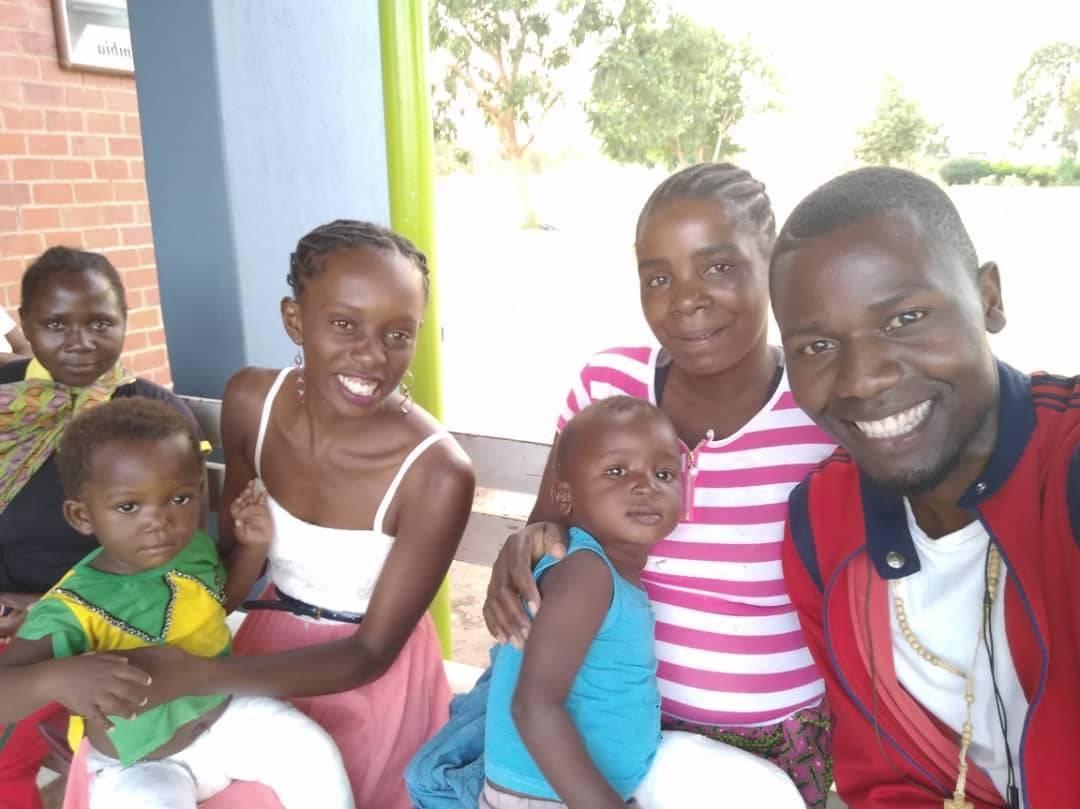
Motivated by their hope in Christ, the organization works with local healthcare providers in 16 low and middle-income countries to provide treatment for children born with clubfoot. For less than $500, the condition can be treated and corrected with simple casts and braces.
Freedom from Clubfoot
Hope Walks offers a cost-effective and relatively simple treatment, freeing the families from their physical, emotional, and economic burdens. ‘When it comes to healthcare facilities in Zambia, the majority of health workers are not competent enough to treat the condition. Hope Walks eased the burden by setting up seven centers in five of Zambia’s ten provinces. There is still a huge gap that needs to be filled in the remaining provinces since children are born every day in the country,’ she affirms. Even with the existence of the centers, she informs me that a majority of the people within those communities are unaware of their existence. That is why she readily volunteered to sensitize and make them aware of the centers and the affordable medical treatment of clubfoot.
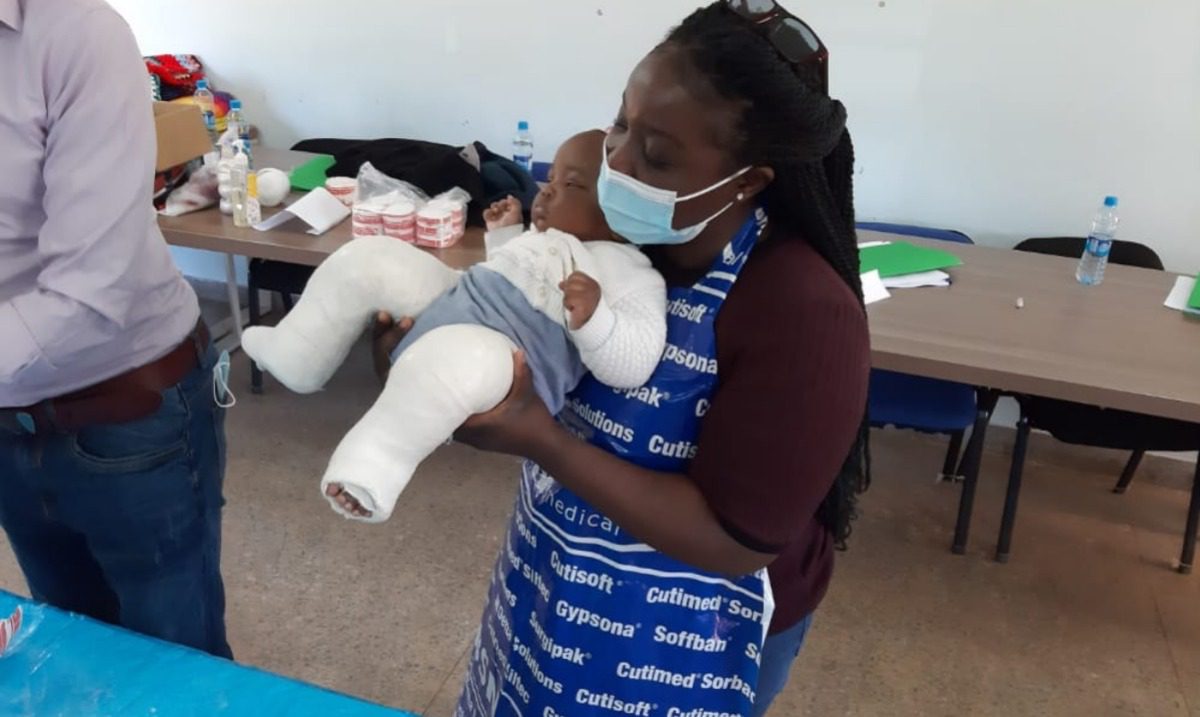
According to Hope Walks, clubfoot adheres to treatment through the Ponseti method, the gold standard of clubfoot treatment. The initial step is weekly casting, in which a plaster cast is applied after each weekly session to maintain the degree of correction and soften the ligaments, allowing the misaligned bones to gradually realign. Depending on the child’s response to this corrective treatment, the process can last four, six, or eight weeks. . In some cases, a minimally invasive outpatient procedure to lengthen the Achilles tendon is performed. After this, in the maintenance phase, children wear a foot abduction brace for 23 hours a day for three months, and thereafter at night and nap time until the age of five. Children born with clubfoot can take their first steps on completely normal feet thanks to early intervention and this relatively simple, cost-effective treatment method.
Tina’s School of Thought
Having worked with Hope Walks for about three years now, Tina acknowledges that there is still a long way to go. She calls upon the relevant stakeholders and the Zambian government to join hands and not only improve but also increase clubfoot health care facilities in the country. ‘I feel like the Ministry of Community Development and Social Work needs to play a major role in sensitization of clubfoot as a health condition that can be treated and demystify the notion that it is a curse or a result of witchcraft. Through Hope Walks, 4000 children have benefitted and if the government and different stakeholders come on board, then many more will benefit. This will ensure that many children who would have grown up disabled get to live a normal life.’
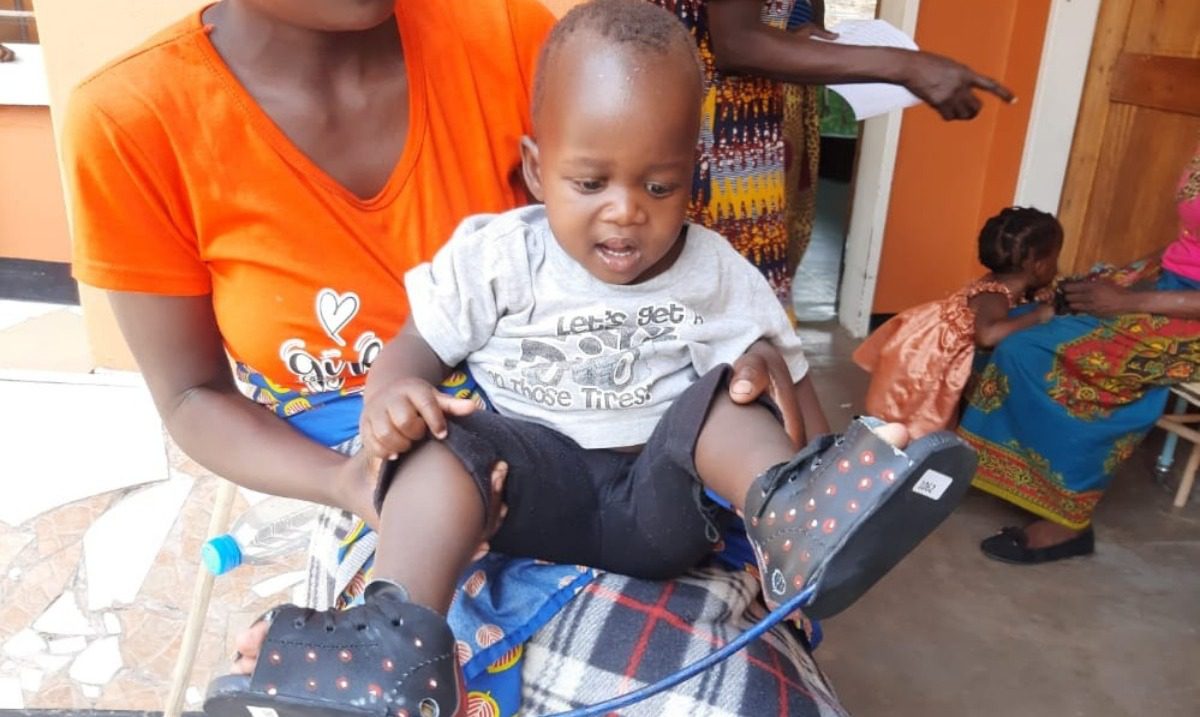
‘My joy is seeing children born with clubfoot able to walk perfectly and families reuniting as a result of our advocacy work. I believe that this is my purpose in life. We are all created for a purpose; each person is a solution to a certain problem, and it is upon one to identify it and work towards it. Whatever you do, do it to your best for the next generation, not for your own purpose,’ she concludes.
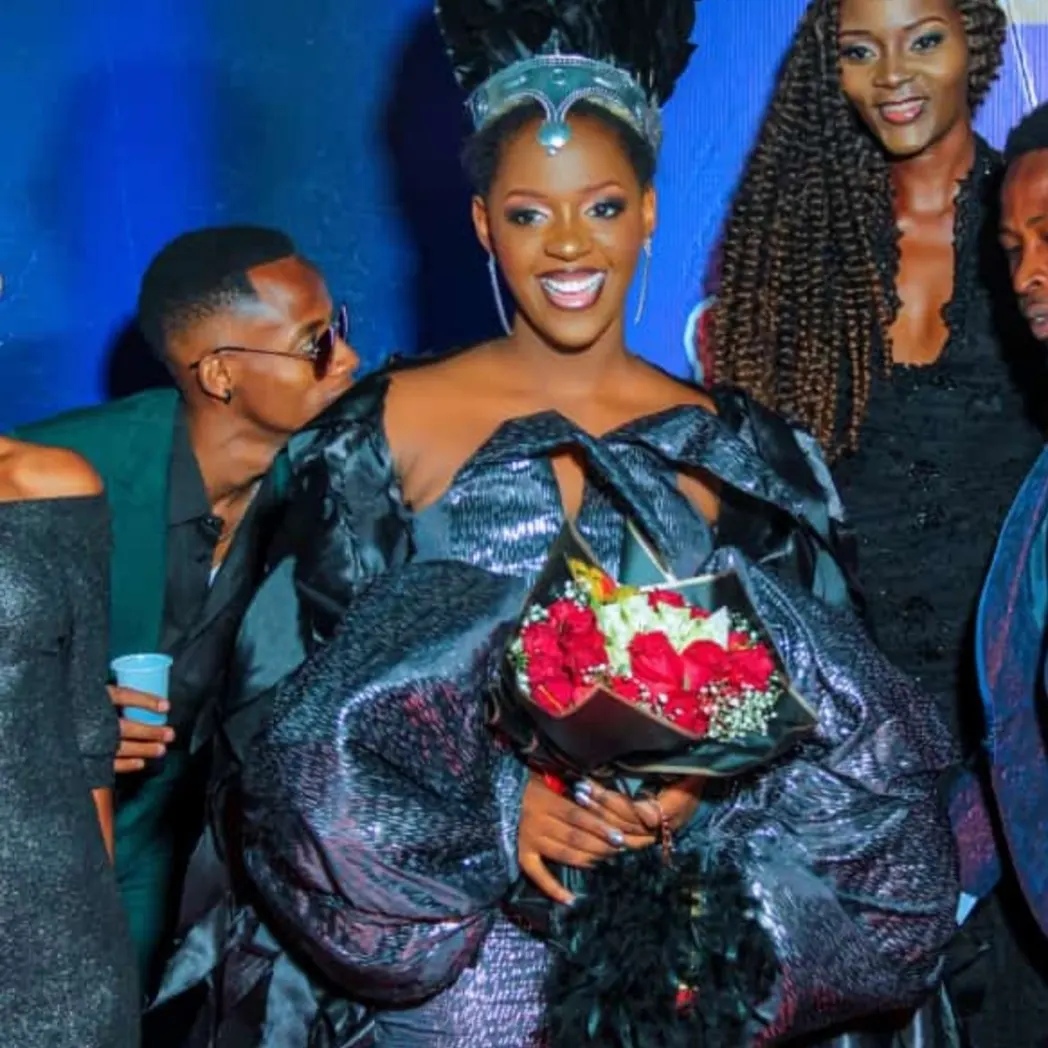
Leave a Reply